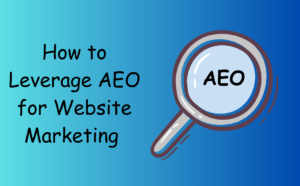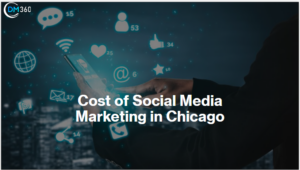Inbound vs. Outbound Marketing: What is Better for Your Business? – When trying to market your business, it is easy to become overwhelmed with the options. There are so many marketing strategies to choose from, so don’t be surprised if you get a headache. It is natural that you want to avoid making mistakes and do your best for the business. To help you out in this challenging process, we want to talk more about two marketing categories: inbound and outbound. We will cover inbound vs. outbound marketing and explain what is better for your business.
Table of Contents
Toggle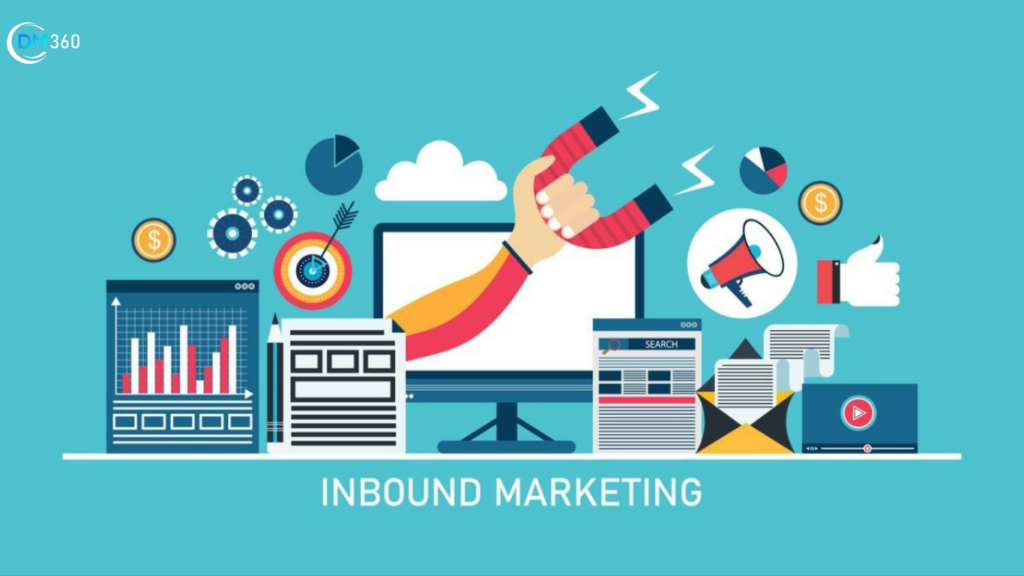
What is inbound marketing?
The core of inbound marketing is the content you produce. It needs to be something of value and relevance to the clients. The goal of the content is to solve customers’ problems by offering an affordable and quality solution.
A few good examples of inbound marketing are:
- blogs;
- eBooks;
- social media;
- webinars;
- podcasts;
- online workshops;
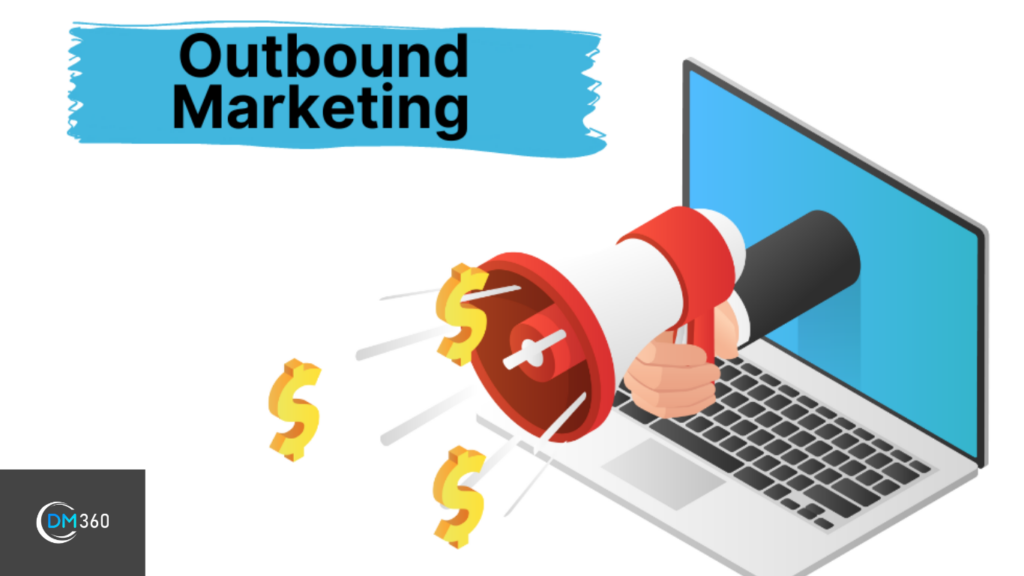
What is outbound marketing?
Outbound marketing focuses on getting out in front of the people and presenting your offers. The most common examples include seminars, advertising on TV and radio, doing various trade shows and events, roadside banners, cold calls, and so on.
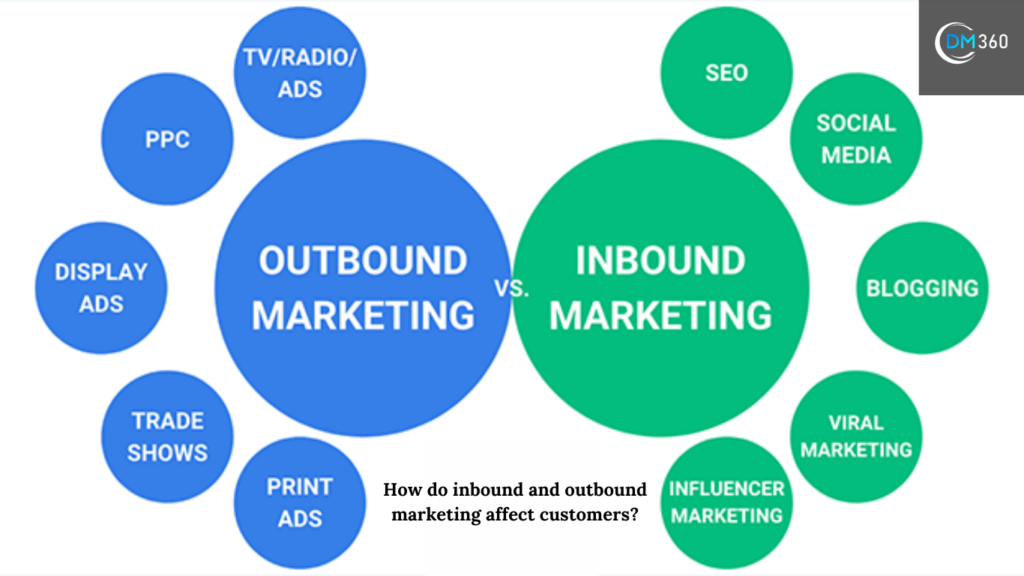
How do inbound and outbound marketing affect customers?
Inbound and outbound marketing work in entirely different ways. With inbound marketing, you have to earn the attention and trust of your clients. With outbound marketing, you are demanding it.
There is a decline in outbound marketing strategies due to a couple of reasons. First of all, outbound marketing is not subtle. It is right there, in the customers’ faces, without even asking if they want it or not. This aggressive approach is not popular anymore, and it can actually hurt your brand.
Second, customers can now block calls, use ad blockers, and ignore your efforts. They don’t want to be forced into buying something they don’t need. With outbound marketing, you don’t get to pick your targeted audience.
Finally, inbound marketing is much cheaper today. Digital marketing strategies for growing a business are more cost-effective. You don’t need to rent space for an event or pay over-the-top expensive ad space and TV time. Furthermore, customers don’t have to spend their time and energy leaving the house, when they can get everything from home, where they get to choose what they want to watch.
With inbound marketing, you create content and make sure that it becomes accessible to those who have an interest. Still, it is worth saying that some outbound marketing strategies also have huge benefits. For example, having a sales rep in front of a client is a big deal. Also, doing live presentations of products allows the clients to get a taste of what they are purchasing before committing to it.
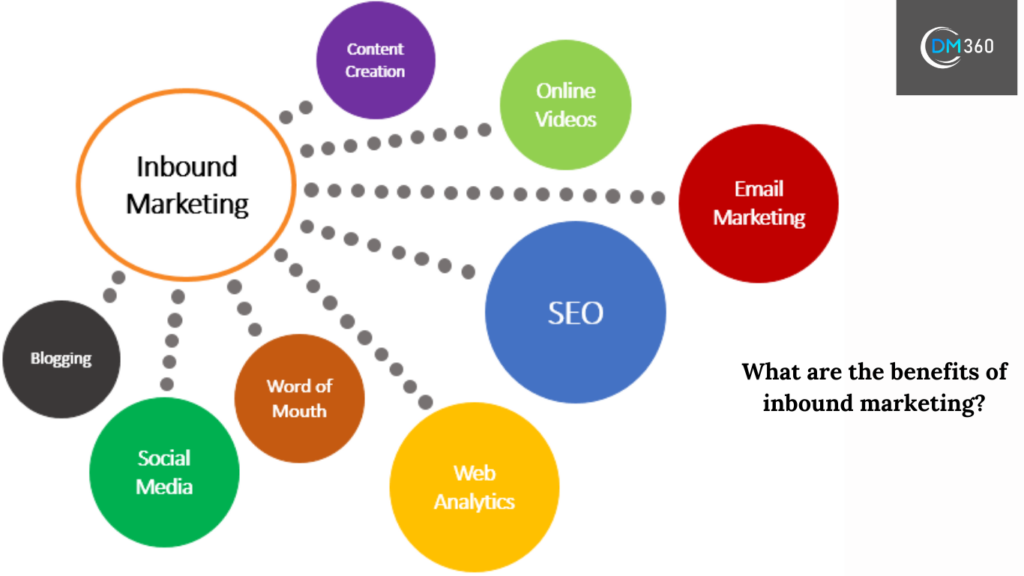
What are the benefits of inbound marketing?
We already mentioned that inbound marketing is cheaper, both for the business and the customers. Furthermore, it is more flexible because it does not waste time.
Aside from that, let us take a look at some other benefits of inbound marketing.
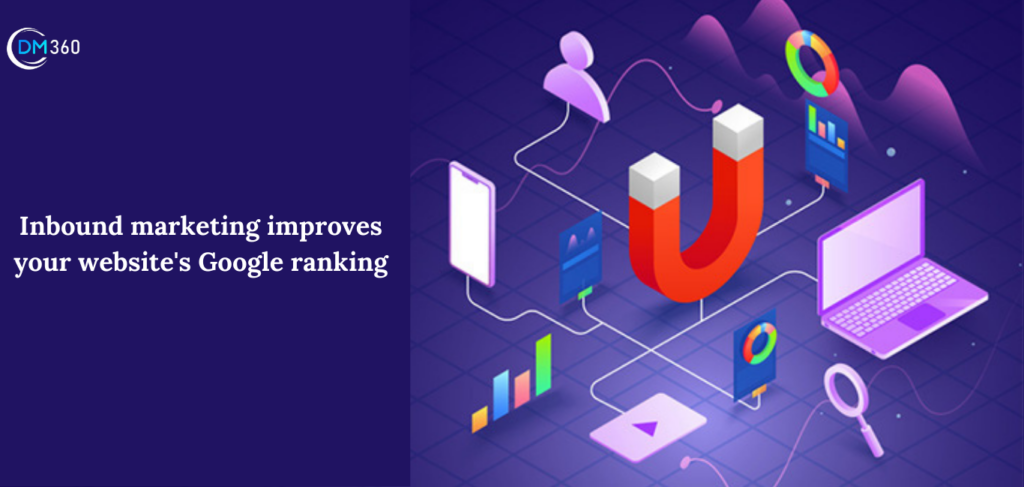
Inbound marketing improves your website’s Google ranking
Inbound marketing relies on SEO. All of the elements must be adequately optimized. Otherwise, the content will never reach the targeted audience.
Because inbound marketing uses SEO, it directly improves your website’s Google ranking. This is a fantastic opportunity to rise in the positions and reach the first page of the search engine.
Outbound marketing has no direct effect on your website’s ranking. It can advertise your business and increase the awareness of your brand, but it does not have any connection with SEO.
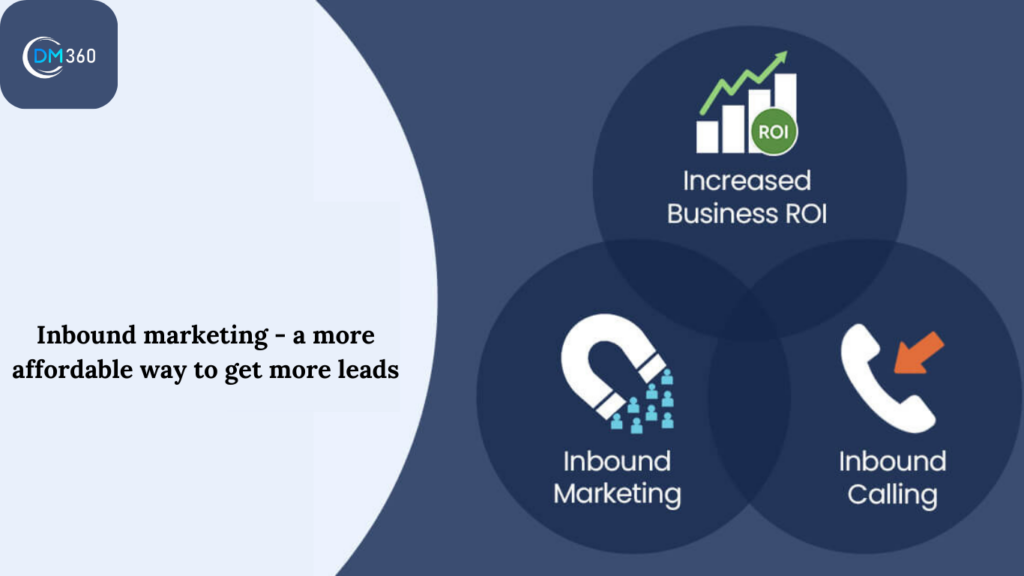
Inbound marketing – a more affordable way to get more leads
Leads mean everything in today’s business world. The more quality leads you can obtain, the better. And that’s the secret word, quality.
We already established that with outbound marketing, you advertise to everyone. There are high chances you will reach out to people that have no interest in what you are offering. Furthermore, you could grab the attention of the people that are not as invested in your product as others. They simply saw an ad, decided it could be interesting and went with it. These leads are very dangerous for your business. You will still invest time and energy in them, even if they decide not to convert in the end.
With inbound marketing, anyone who ends up on your website or your blog is already searching for what you are offering. That’s why internet marketing can get you quality leads.
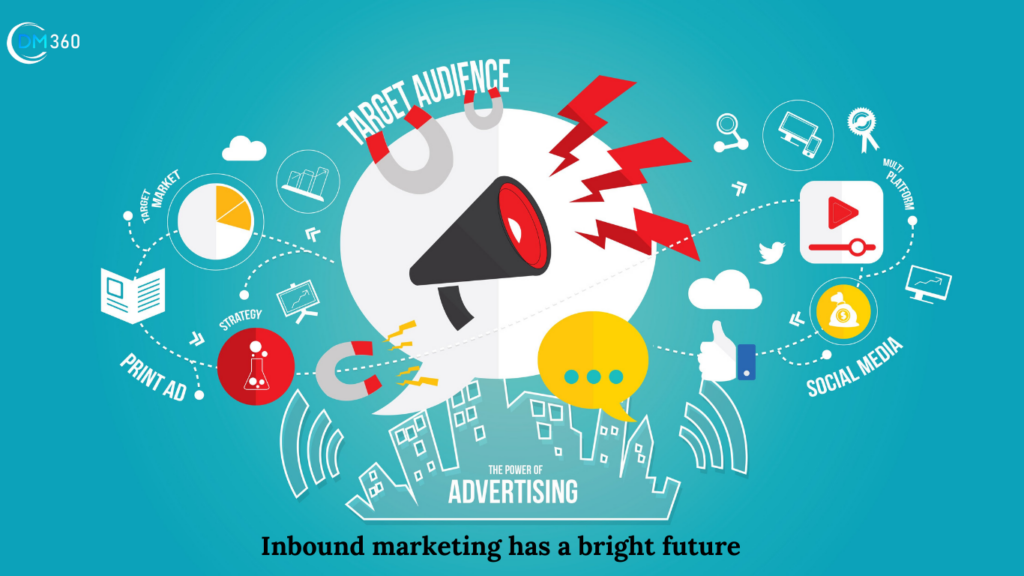
Inbound marketing has a bright future
We can pretty much say that outbound marketing strategies have reached their peak. However, when it comes to inbound marketing, this type has a bright future ahead. Technology improves every day, especially when it comes to online marketing. What is more, companies are moving to online platforms, and businesses depend on online marketing.
That is why inbound marketing will continue to develop. There is a considerable demand on the market; people want to use blogs, attend webinars, and so on.
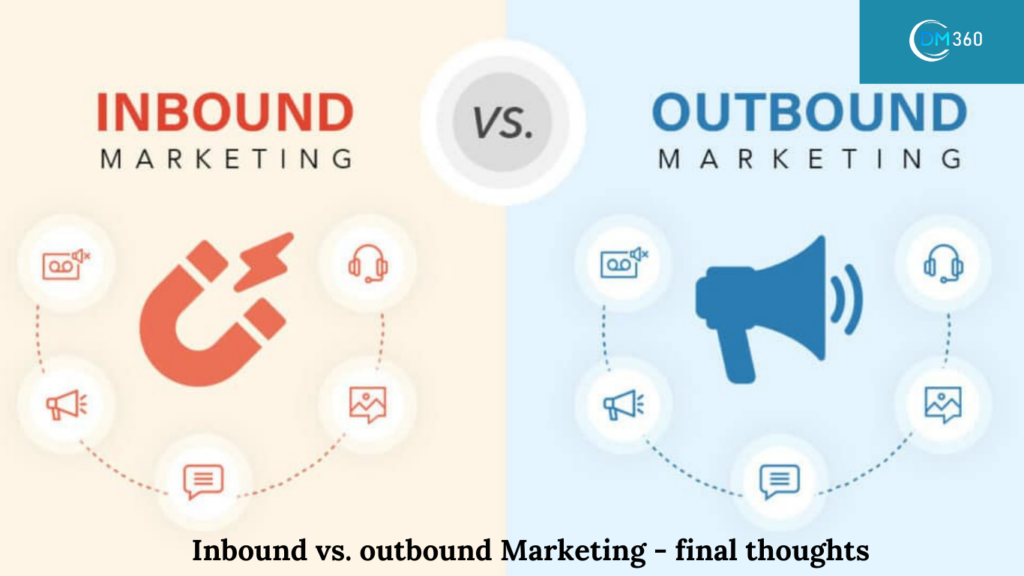
Inbound vs. outbound Marketing – final thoughts
Based on everything we have covered so far, it is evident that inbound marketing is a much more effective advertising strategy. It is cheaper for the business and the customers, and it engages your targeted audience. Furthermore, it also affects SEO and your website’s ranking.
With that said, we must add that outbound marketing still has some benefits. Talking directly to a client creates a more personal connection, and this approach can achieve fantastic results. The best would be to mix inbound and outbound marketing in an 80%-20% ratio. Focus on inbound marketing strategies to support your business, and integrate outbound methods that add value. Remember to target only people of interest, and your outbound methods will give excellent results. That’s all you need to know about inbound vs. outbound marketing and how to mix the two to create a perfect combination. We wish you the best of luck!



